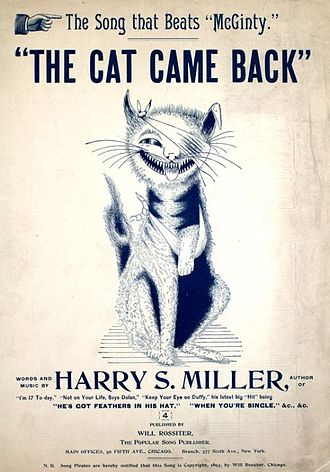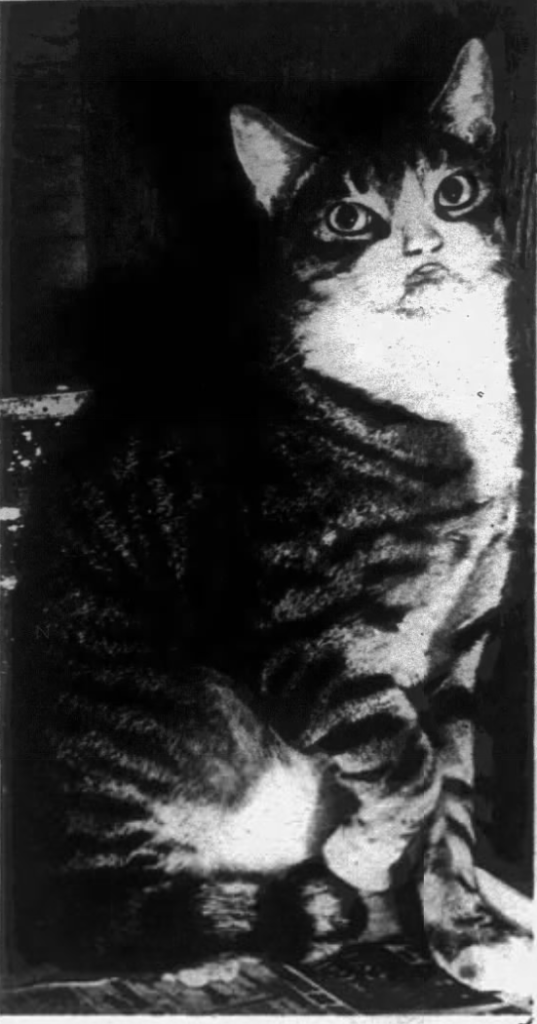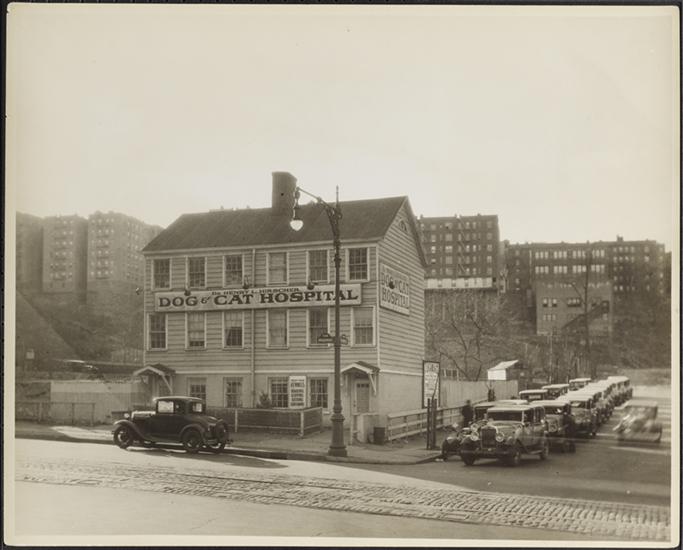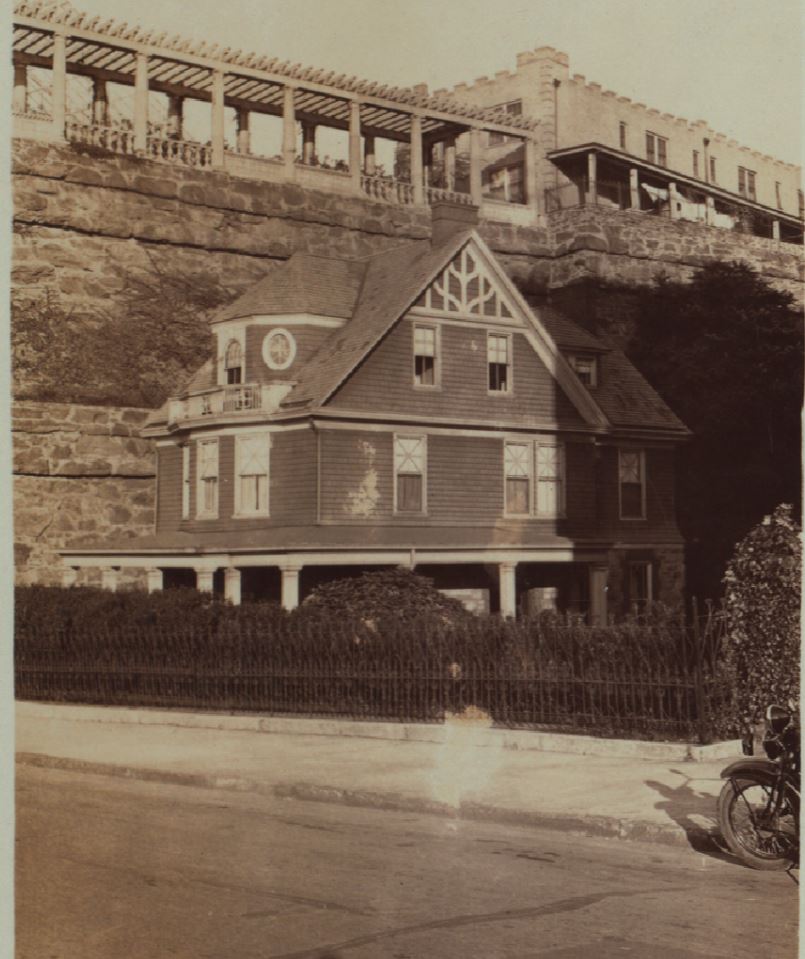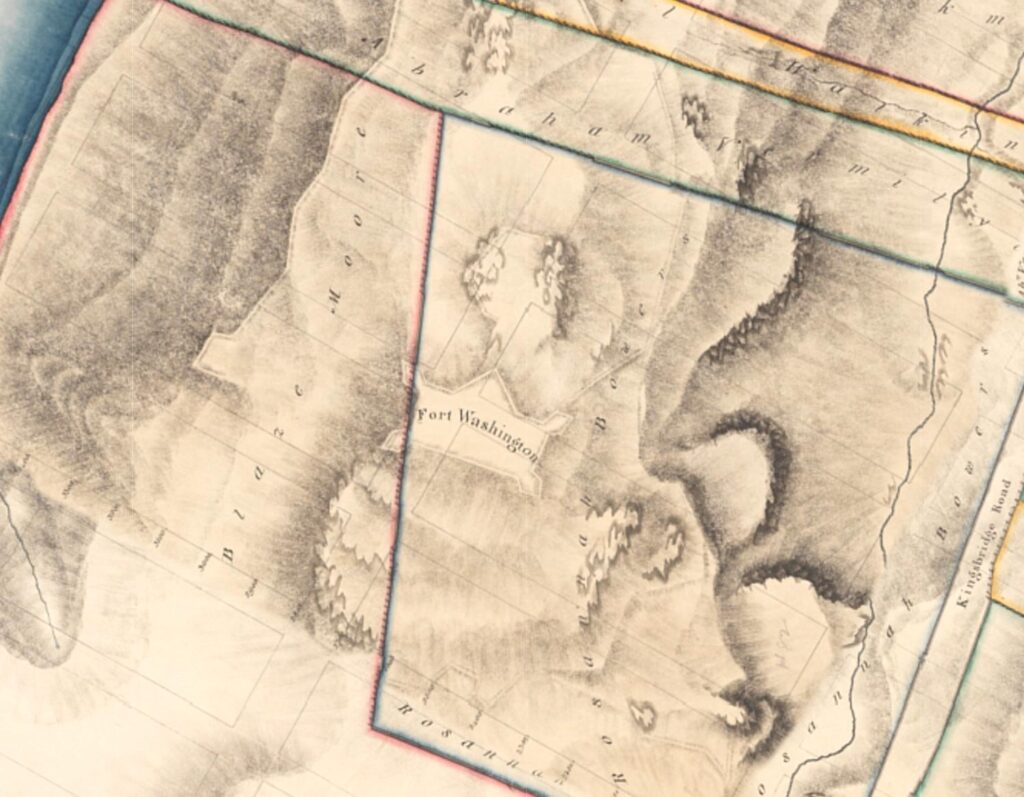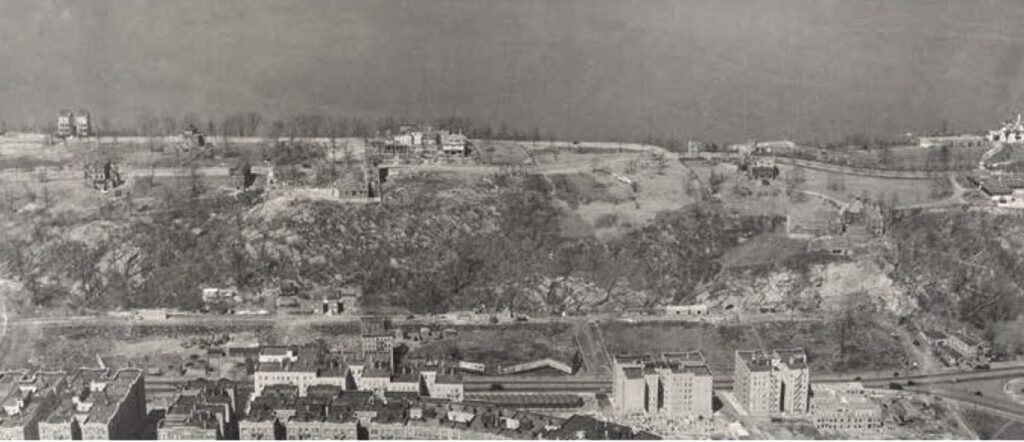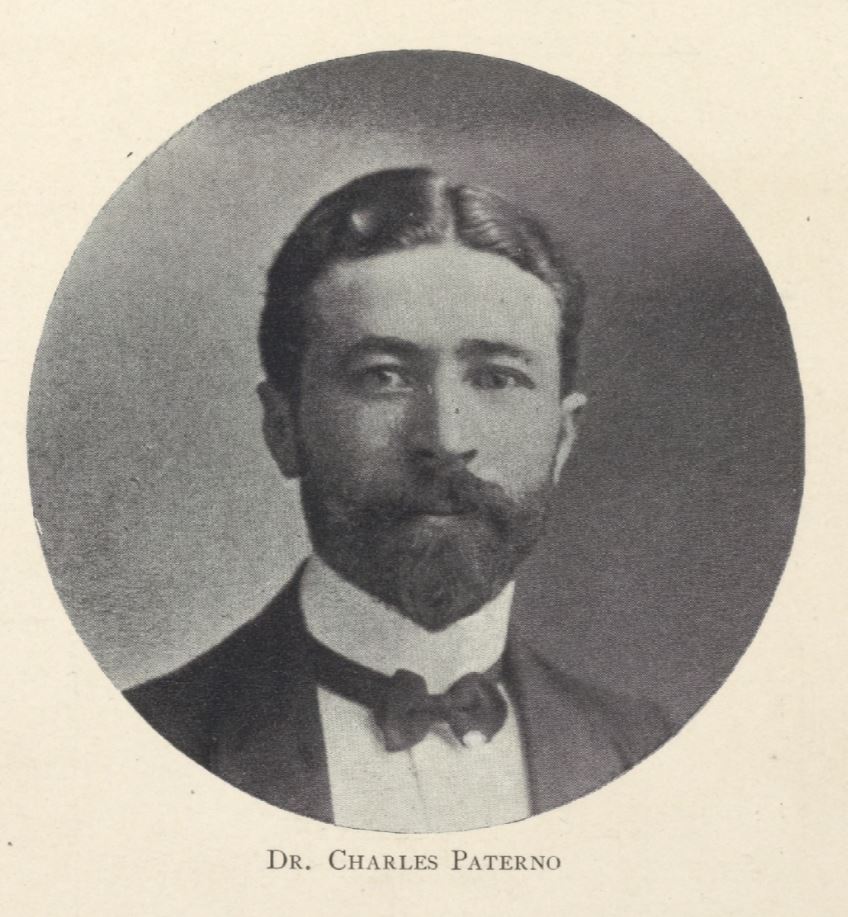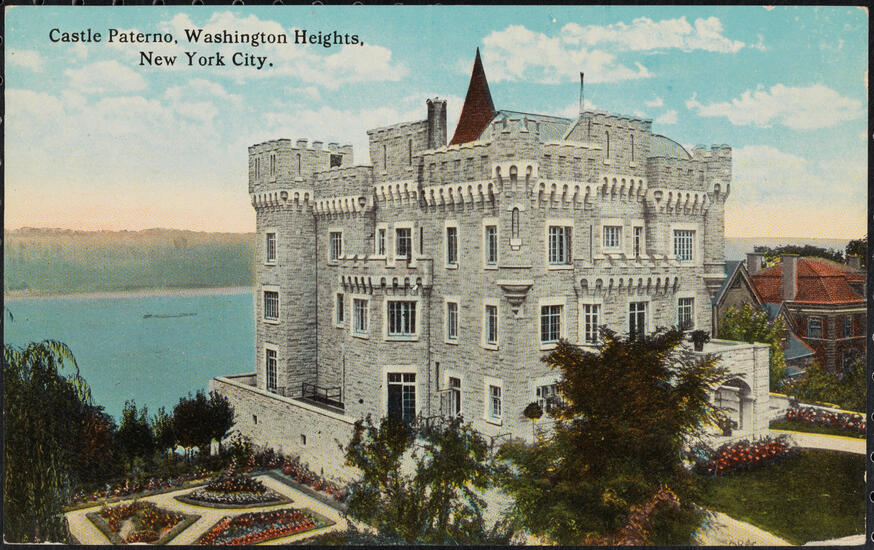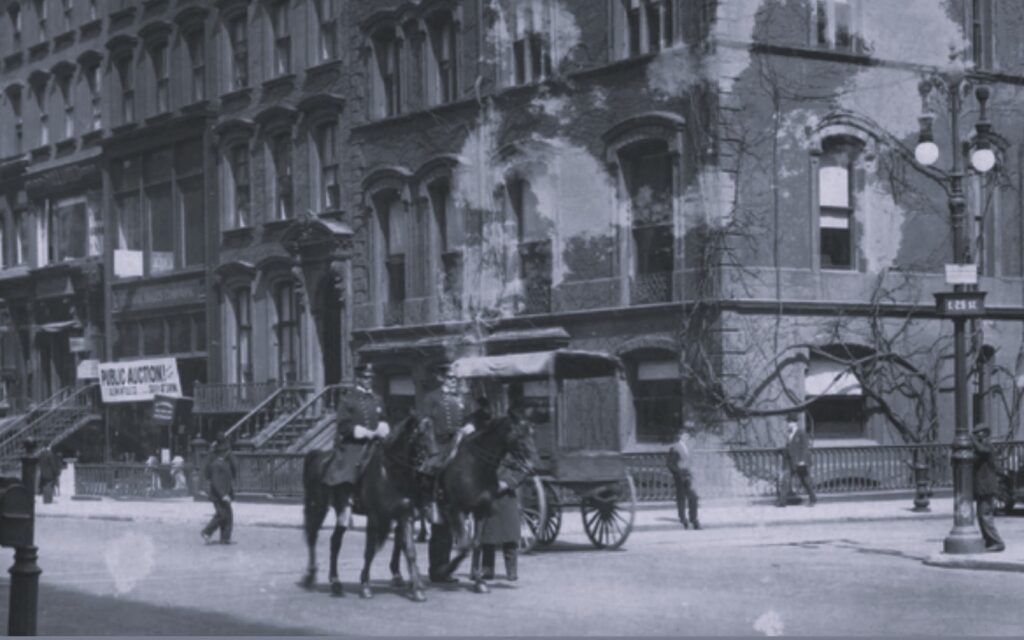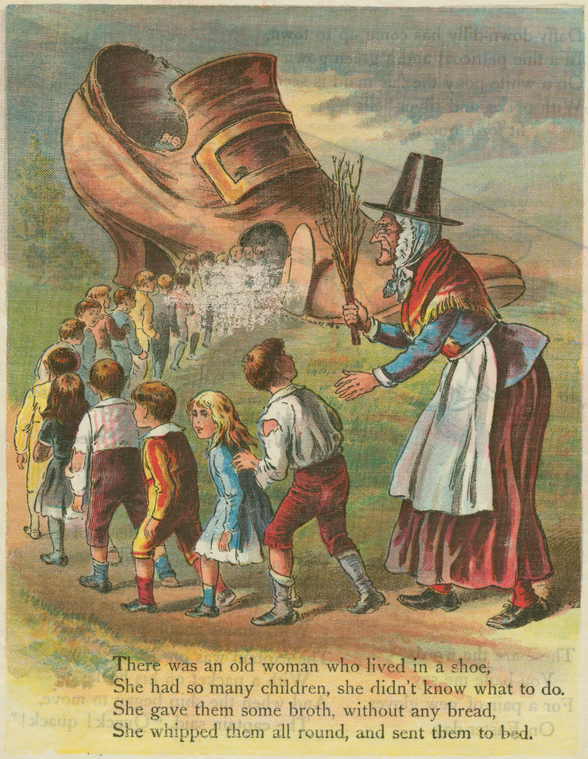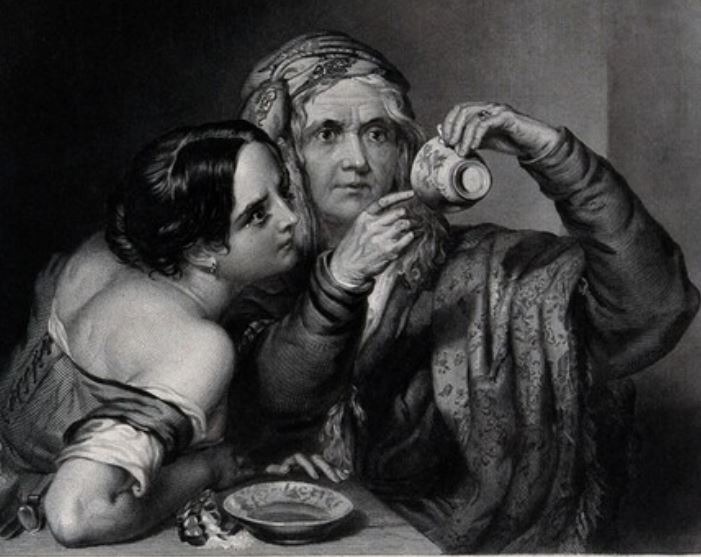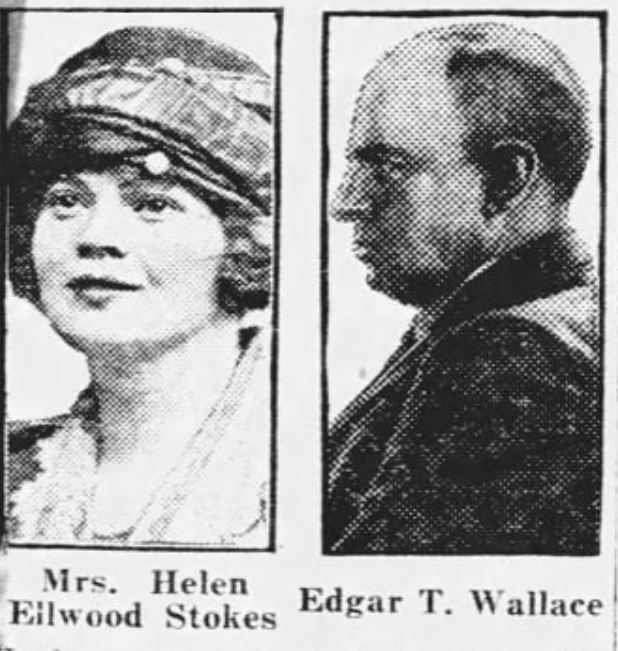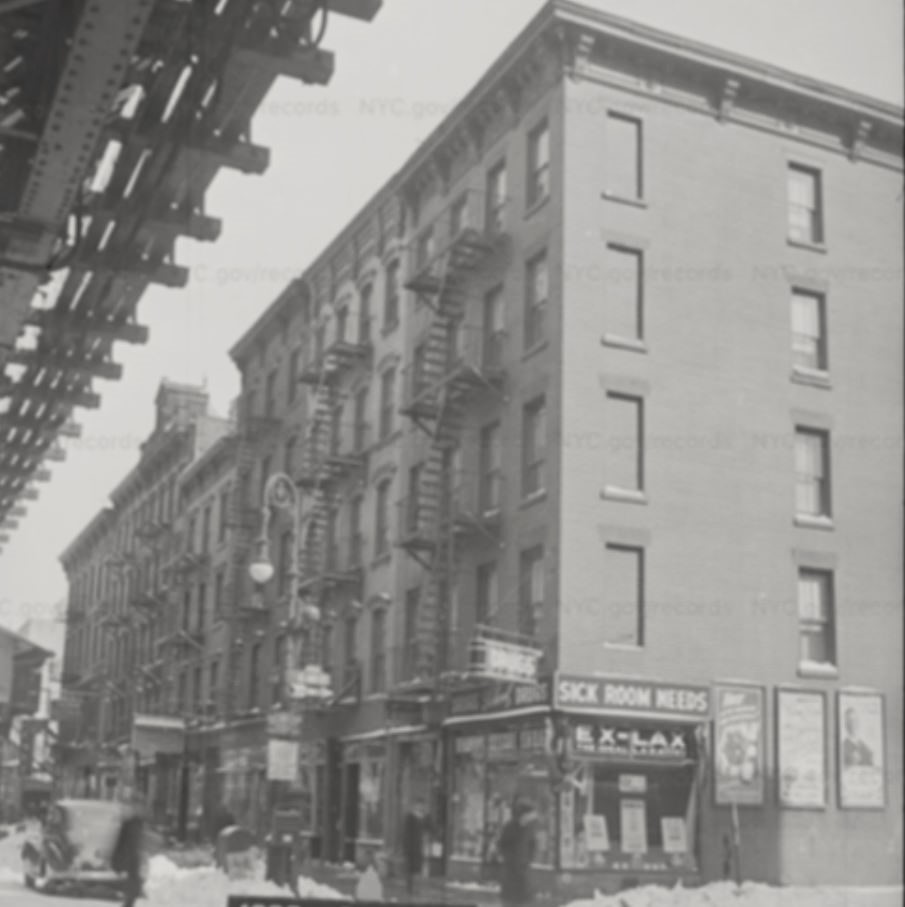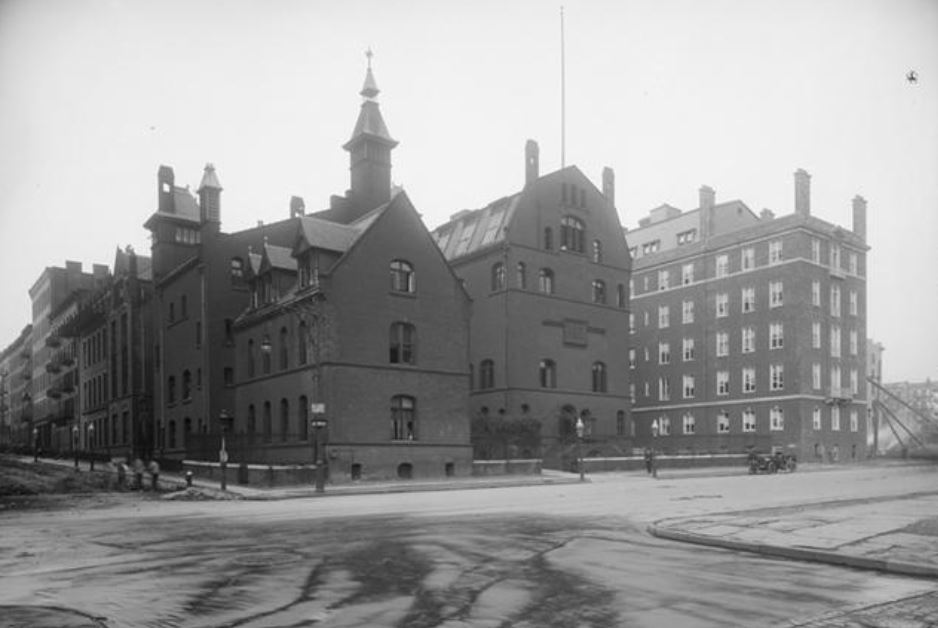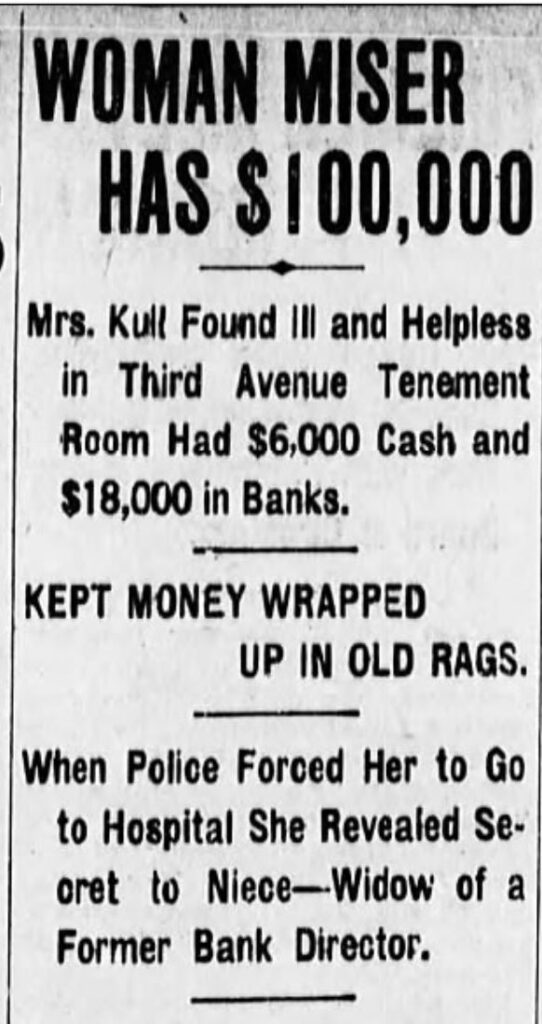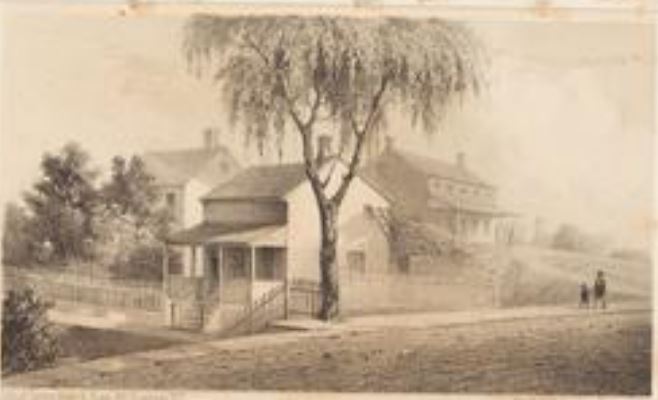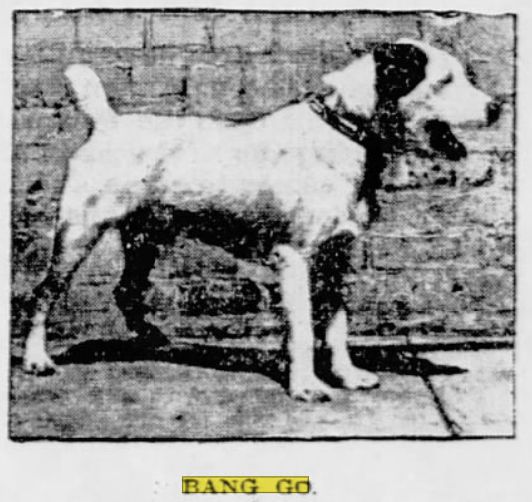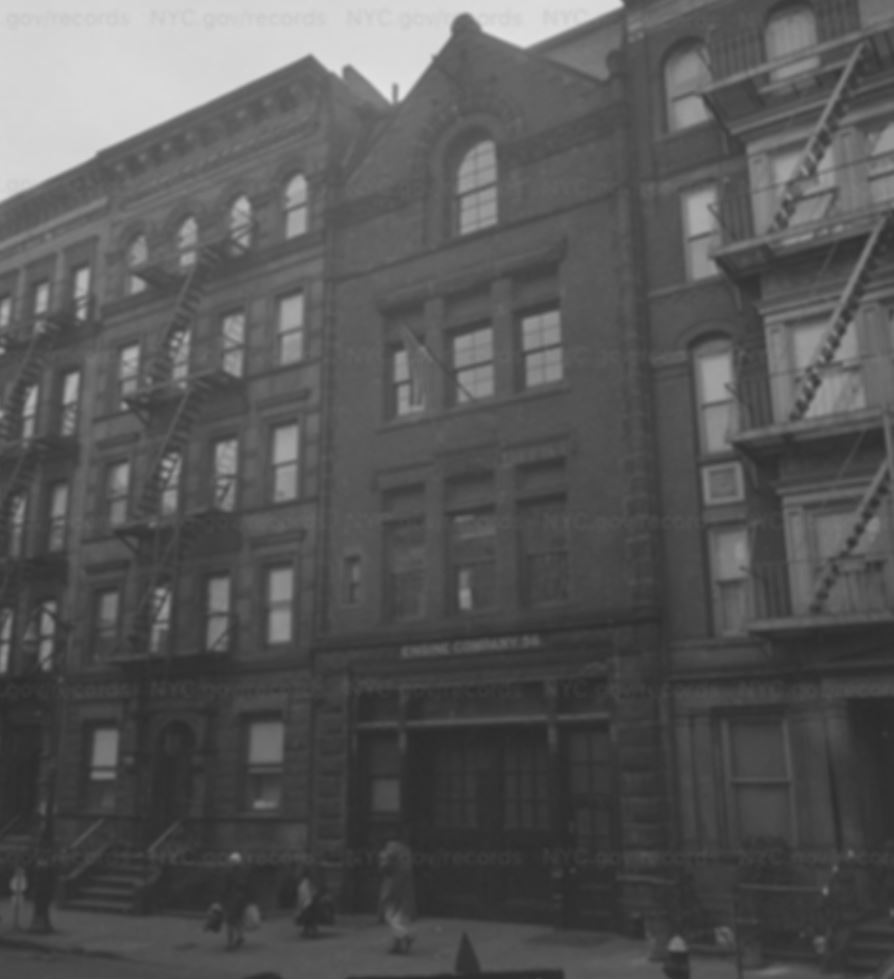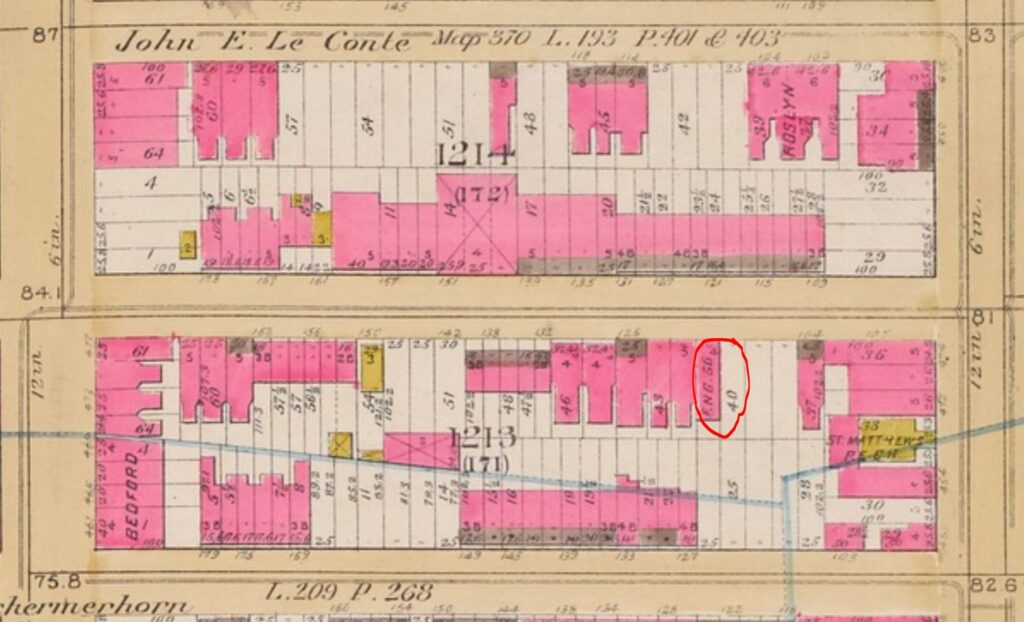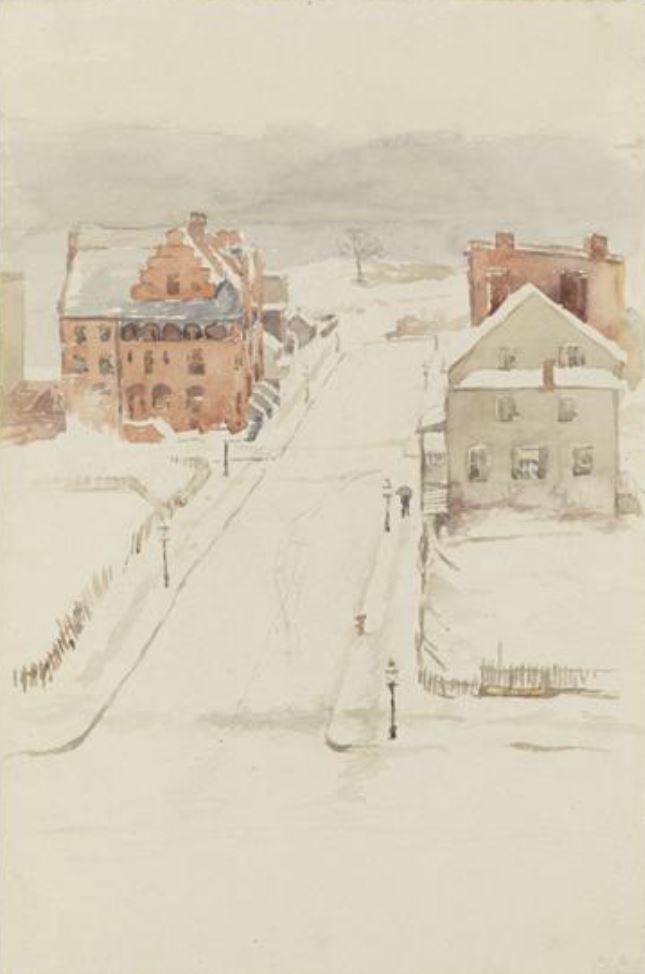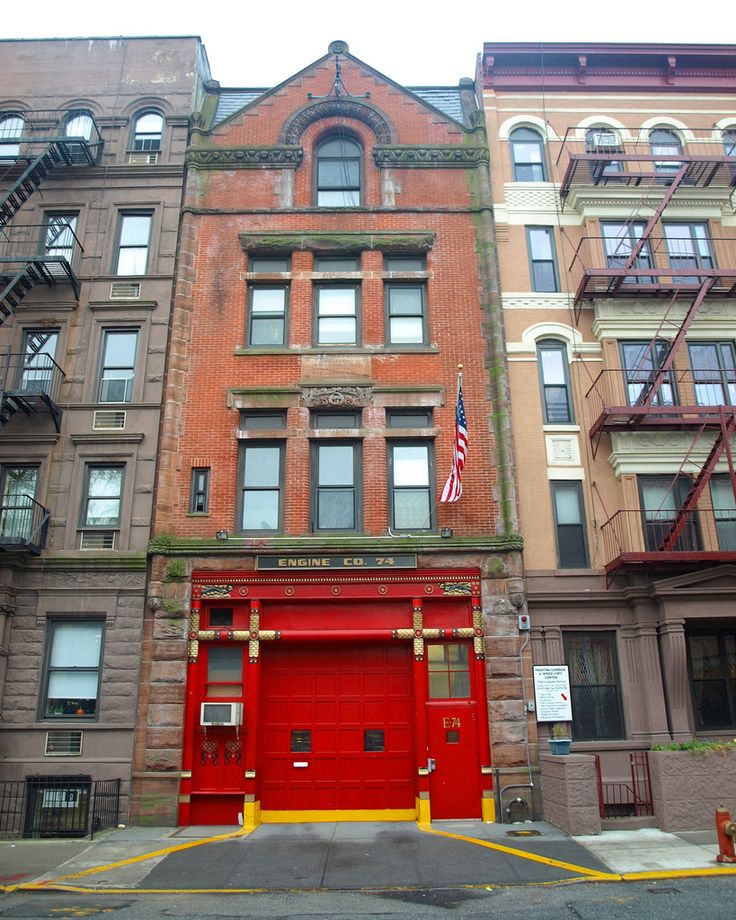Before I tell you this tale of a Windsor Terrace cat who did not want to leave his Brooklyn home, I want to give a shout-out to Jenny Pierson and the other founders of the Cat Museum of NYC.
Yes, New York City is going to have a cat museum! But they need help to become a nonprofit before they can get started establishing this much-anticipated museum.
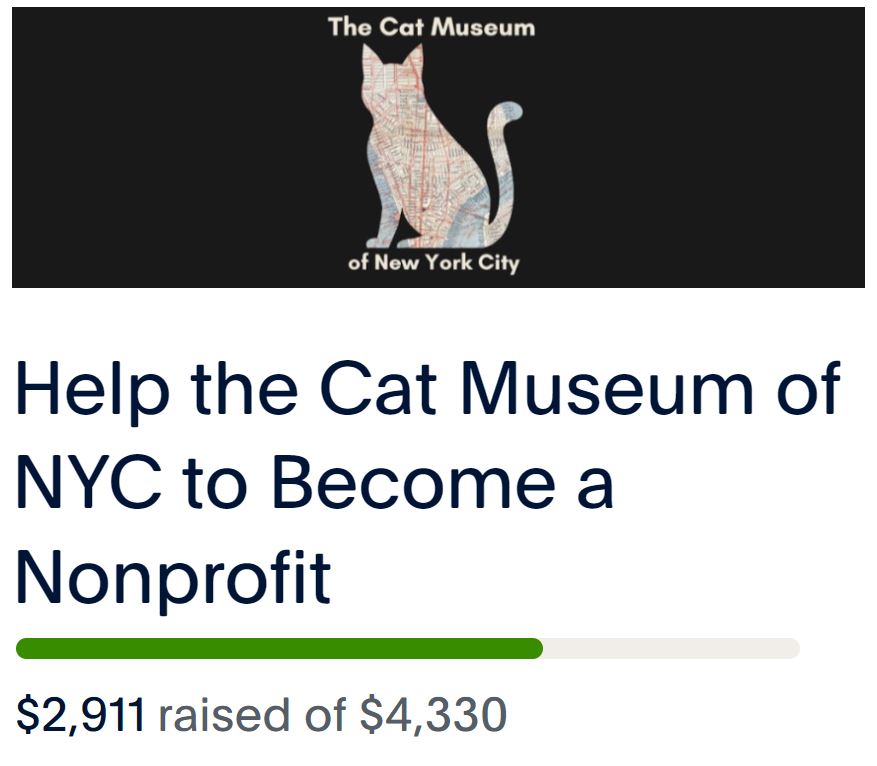
The goal of the museum is to help the community of New York City’s feral cats and those who care for them through public education. From their website:
New York City is one of the cultural capitals of the world, and our goal is to create a physical institution here (as well as a virtual suite) supporting the work of cat rescuers, no-kill cat shelters, and cat nonprofit organizations. We hope to do this with the help of cat lovers from this city that we love as well as others from around the world.
If you would like to help launch the Cat Museum of NYC, visit catmuseumnyc.org/contact/help-us-launch to find out how. You can also contribute to their PayPal campaign: Help the Cat Museum of NYC to Become a Nonprofit. I will be helping out in this endeavor, so I will keep you posted as we make progress!
The Tale of Tabby Burgmeier
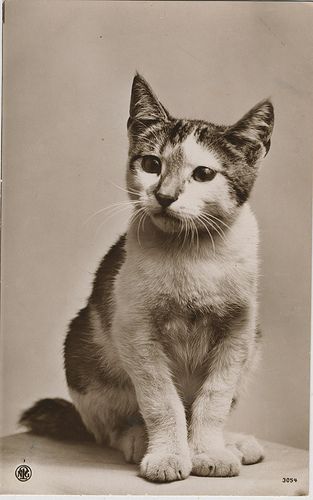
Tabby didn’t start out as a butcher’s cat. He was just a common house cat who happened to live across the street from a meat market on the southwest corner of Greenwood Avenue and East Fifth Street in the Windsor Terrace neighborhood of Brooklyn. The market, called the Windsor Market, was owned and operated by a German butcher named Louis (aka Lewie) Burgmeier.
Every morning, much to the amusement of the neighborhood residents, Tabby would wait outside the market for Lewie to arrive. While the butcher fiddled with his keys to open the door, Tabby would rub against his legs and meow. Lewie would reward the cat with a few tidbits of meat.
One day in May 1902, the Flint family with whom Tabby lived moved to Dundee, a little town near Passaic, New Jersey. They loved their cat and did not want to leave him in Brooklyn. So they put him in a box with slats and placed the box in the moving van. They gave instructions to the driver to mind the box and its occupant.
As the days went by, Lewie and the other Windsor Terrace residents on Greenwood Avenue and East 5th Street began to forget about Tabby and the cat’s daily ritual. But then about three weeks after Tabby moved, they heard a familiar meow in front of the market.
There was Tabby, waiting for Lewie Burgmeier to open his butcher shop. The butcher reported the story to the Brooklyn Daily Eagle (the reporter included the dialect):
Mein gracious! How did you get here, yet? By jiminy, you doand’t swim, so how you cross bodt rivers, I don’t know. Dit you come by the ferryboat, already?

Everyone agreed that the cat was Tabby, but no one could figure out how the cat traveled the 26 miles from his new home in New Jersey to his old home in Brooklyn. They also disputed whether the box fell off the moving van or was kicked off by the driver. Lewie believed that Tabby simply did not like his new surroundings and so he set off on the long journey to come back to the home he loved.
“It’s goot luck to haf ein cat come to you, so they say, and dat must be right,” Lewie told the news reporter. He said he would never sell the cat or give it away, explaining, “Any cat that will come back twenty-six miles to get a breakfast is goot enough for me, und I keep him right here.”
Following Tabby’s return to Windsor Terrace, he became a celebrity in the neighborhood, especially with the children and the firemen of nearby Engine 40 on Prospect Avenue. They loved the fact that the cat had made his way back home, to a place where he was guaranteed a good meaty meal every day.

According to census reports, Lewie Burgmeier–who had to support his wife, Caroline, and their seven children–had changed his career and become a photographer by 1910. Hopefully if Tabby was still alive then he was invited to live with the large family and spend the rest of his life in Windsor Terrace.
A Brief History of Windsor Terrace
Windsor Terrace is a residential neighborhood bounded (approximately) by Prospect Park West on the north, Prospect Park SW and Coney Island Avenue on the east, Caton Avenue on the south, and McDonald Avenue on the west. Greenwood Avenue, which runs between Green-Wood Cemetery and Prospect Park, was one of the later roads to be developed in Windsor Terrace.
In the late 1700s through the mid 1800s, the land including and surrounding Windsor Terrace made up the far northwestern corner of the Town of Flatbush. During this time it was farmland owned primarily by John Vanderbilt and members of the Martense family, of which there were four branches. The Lefferts were also landowners in this part of Flatbush.
Following Vanderbilt’s death, his land was divided in two and then sold in 1849 to William Bell, a real estate developer. Bell subdivided the land into 47 building lots, which sold quickly, giving the area the England-inspired name of Windsor.
Bell sold part of the land to Edward Belknap in 1851, who built four streets on which he mapped out 49 lots for future homes called “Pleasant Cottages.” The development was incorporated as the Village of Windsor Terrace.
In March 1884, all the available lots in Windsor Terrace, which then comprised the newly graded Seeley and Vanderbilt Streets, were sold at auction. The property was sold in sections of 6 to 12 lots each. Every cottage built on this land also had a stable.
The most elegant homes were on the hillside overlooking “the whole richly cultivated agricultural plains of Flatbush, with Sandy Hook and Rockaway, the waters of the lower Bay and the Atlantic in the distance.”
Within a few months, Windsor Terrace had about 100 residents and a schoolhouse, and by January 1888, there was even a local fire department at 1288 Prospect Avenue called Windsor Terrace Hose 3.
Because the land on which Tabby lived was located on the old Martense property, I’ll focus on that family.
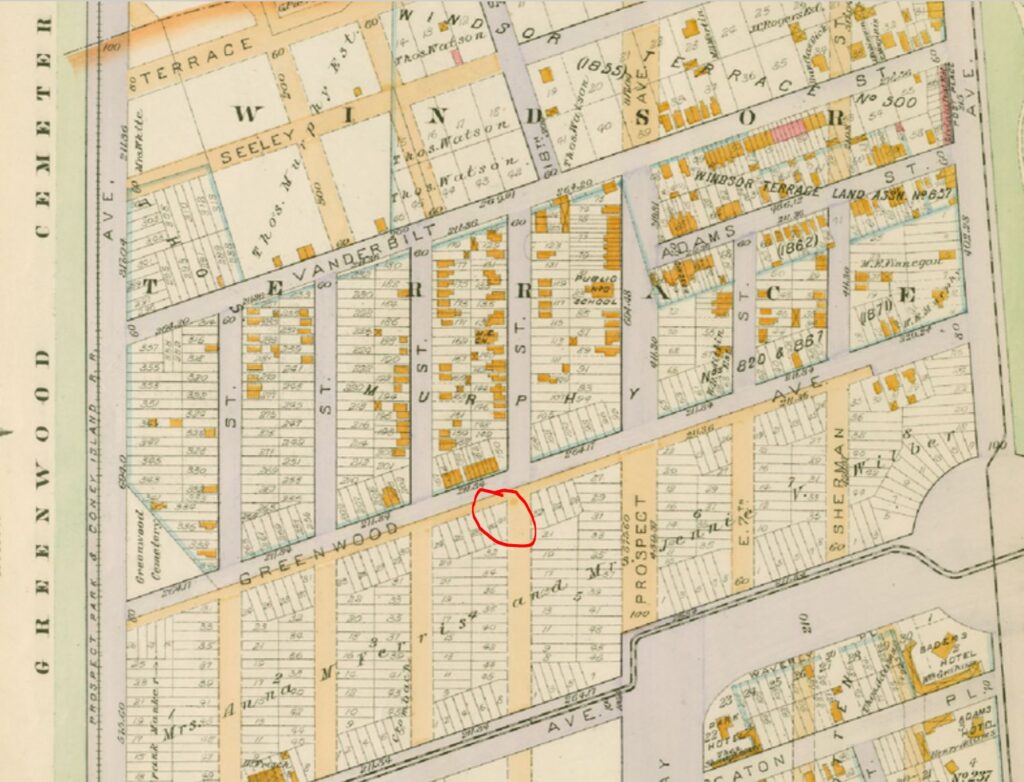
No one knows for sure, but the Martense family may have owned up to 300 acres of land, including the old parade ground, the southern section off Green-Wood Cemetery, and the southern portion of Prospect Park. The first known member of the family to move to Flatbush was Adrian Reyersz, who emigrated from Amsterdam in 1640. Adrian settled in Flatbush and married Annetje (which means little Annie) Martens, daughter of Martin Roelofse Schenck of Flatlands, in 1659.
One year later, in 1660, Martin Adrianse, the son of Adrian and Annetje, was born. According to Teunis G. Bergen, the children and descendants of Martin Adrianse adopted the last name of Martense, which means son of Martin. One of these descendants was Garrett Lefferts Martense (known as Judge Martense), a farmer and justice of the peace who was at one time the largest landowner in Flatbush.


Judge Martense, the son of Leffert Martense and Angelica Cortelyou, was born in 1793. In 1815, he married Jane Vanderveer. The couple had six children, a few who died at a young age. Only one of their surviving children married and had children.
The Martense’s youngest child was Anna Marie, who was born in 1829 in the Lefferts’s old Dutch homestead that Judge Martense later replaced with the ornate mansion pictured above. Anna married Rev. Dr. John Mason Ferris, a minister of the Reformed Church and editor of the “Christian Intelligencer.”
Judge and Jane Martense had two grandchildren, but only one survived long enough to inherit part of the large estate: Mrs. Jane (aka Jennie) Vanderveer Martense. Jennie, the daughter of Garrett Martense and Jane Ditmas, was born in the Martense family house in 1846. Jennie’s other brother, Garrett, died when he was only 23.
Following Jennie’s marriage to Lionel A. Wilbur, a Boston oil merchant, in 1868, Judge Martense had a beautiful house built for the couple next to his house on Flatbush Avenue. (He also built a much less elaborate residence for his son on the other side of the family home.)
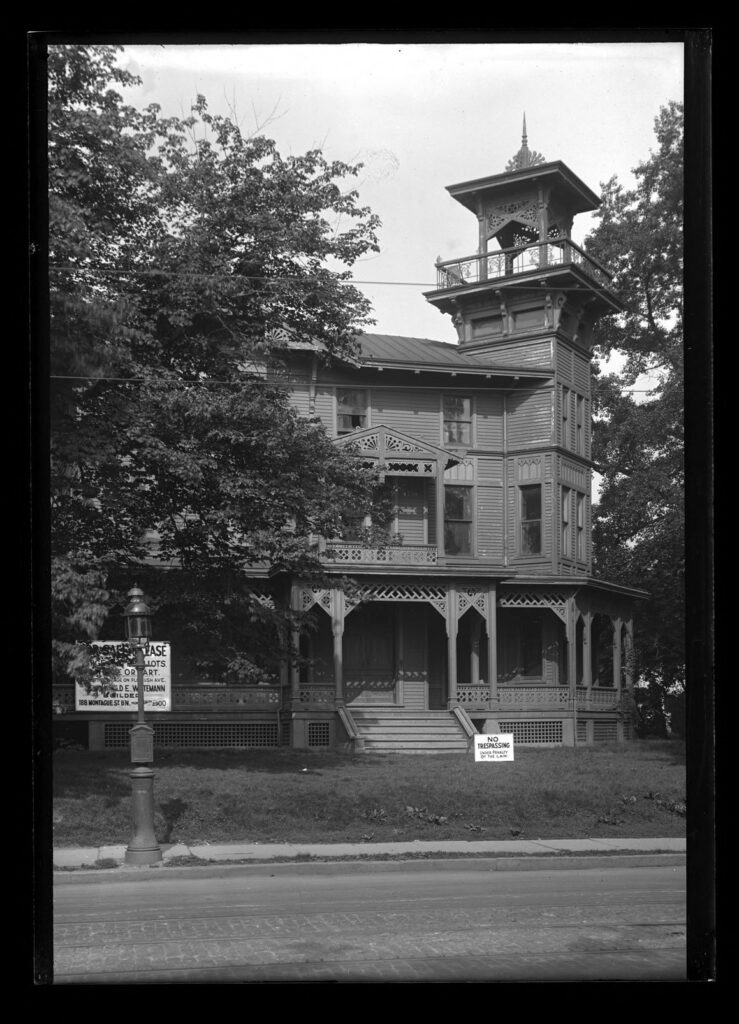
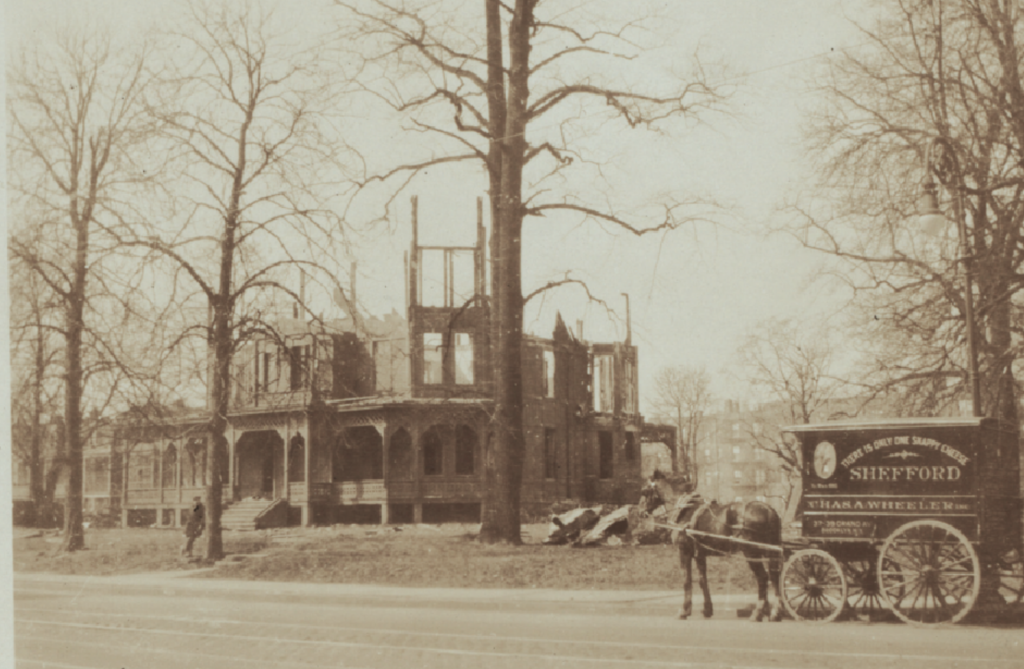
In addition to their homes on Flatbush Avenue, Anna and Jennie (who lost her husband in 1882), owned just over 18 acres of land along Greenwood Avenue (as noted in the map above). The aunt and her niece began selling off their property in 1889.
The first sale on Greenwood Avenue that I could find recorded in the newspapers took place in 1894, when Anna sold a lot at E. 5th Street and Greenwood Avenue to Mary Rooney. Perhaps this was the lot where Lewie Burgmeier and Tabby worked and lived.
Anna Ferris died of kidney problems at her home on Flatbush Avenue in 1905 at the age of 75. Jennie Wilbur died of paralysis in 1913. She left her entire estate of about $280,000 to her daughter, Anna Martense Wilbur, who died at the age of 50 in 1930. They are all buried in Green-Wood Cemetery.
If you enjoyed this story, you may like reading about Minnie, the ship cat who kept coming back.
